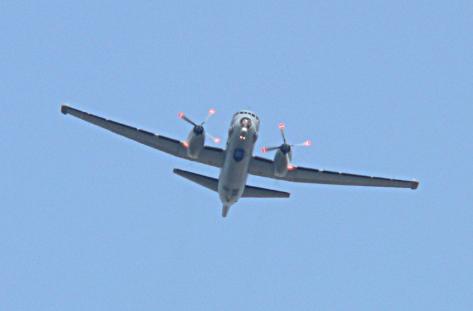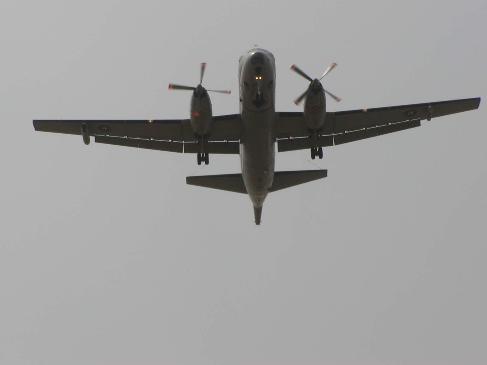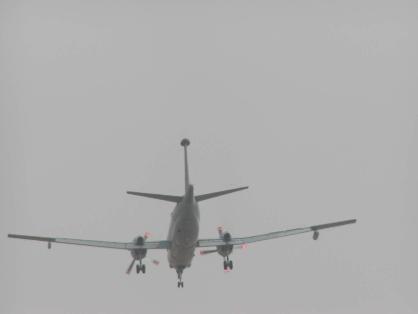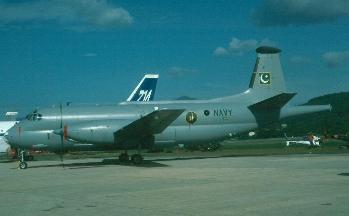BREGUET Br.1150 ATLANTIQUE-2
(1970s till date)
The Breguet Br.1150 Atlantique is a long-range reconnaissance aircraft, primarily designed for use over the sea. It is used in several NATO countries as a reconnaissance and patrol aircraft as well as anti-submarine aircraft. The Atlantique is also capable of carrying air-to-ground missiles. The Atlantique-2 is an updated version produced for the French Navy in the 1980s.
The Atlantique-2 long range maritime patrol aircraft, specifically designed for anti-submarine warfare (ASW) and anti-surface warfare (ASUW), is derived from the NATO Atlantique Mk 1 (ATL 1). This new variant of the Atlantique family aimed at all international, and especially European, programs for the acquisition or replacement of naval patrol airfleets. It features advanced sensors (Radar, ESM, Acoustic, FLIR and MAD).
Pakistan Navy purchased three ex-French Navy's Atlantics in the 1970s to equip 29 ASW squadron. Pakistan Navy Atlantique-2s are powered by two Rolls Royce Tyne turboprops each rated at 6,100-shp. A surface search radar is mounted in the aircraft's retractable radome while a weapons bay allows for release of torpedoes (Mark 46), bombs and anti-ship missiles (Exocet). The Anti-Submarine Warfare (ASW) equipment on Atlantique was furnished by the United States. Atlantique-2 retains the basic features from Atlantique-1 but adding a FLIR (Forward Looking Infrared), modern avionics, new Electronic Support Measures (ESM) and new navigation equipment.
The Atlantique incident was a major international incident on 10 August 1999 where a Pakistan Navy plane (Breguet Atlantique) with 16 on board was shot down in the border area of the Kutch region with Pakistan and India both claiming the aircraft to be in their respective airspace by Indian Air Force jets. The wreckage however, fell well within Pakistani territory, giving credence to the Pakistani claim. The Indian Air Force stated that the Atlantique was trying to return to Pakistani airspace after intruding more than 10 nautical miles and as such was headed towards Pakistan. At the speed of 400 knots at which the shoot down occurred most of the wreckage was expected to land at least 25 miles from the shoot down so according to Pakistani claims that the wreckage was well within the safe zone and the aircraft didn't violate Indian airspace. This incident resulted in escalated tensions between the two neighboring countries. However International Court of Justice did not decide in favour of Pakistan.

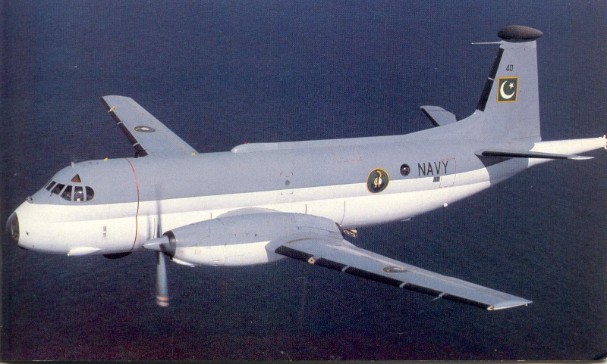
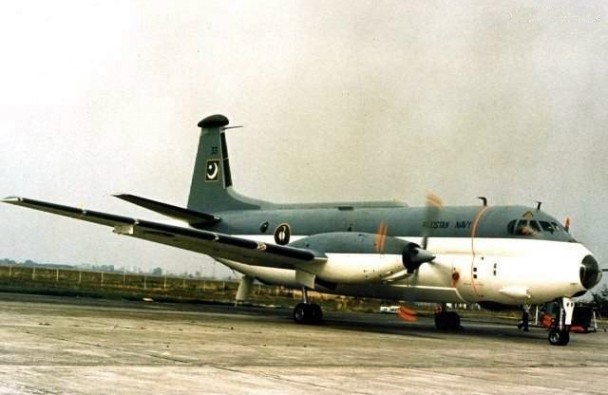
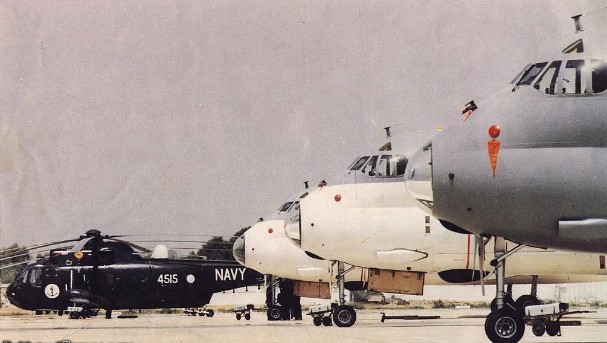
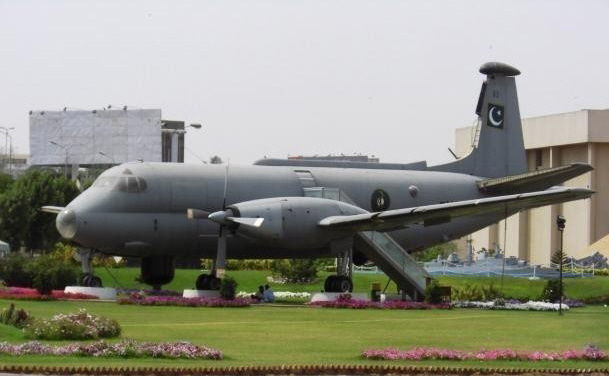
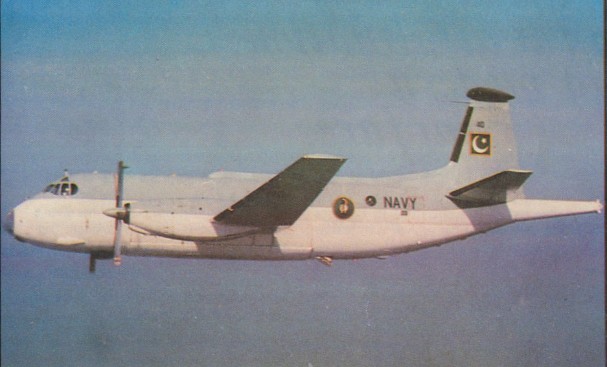
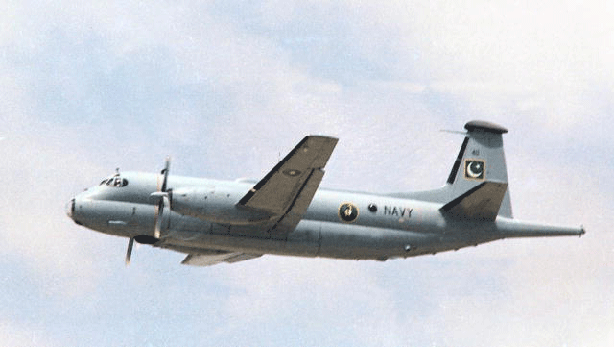
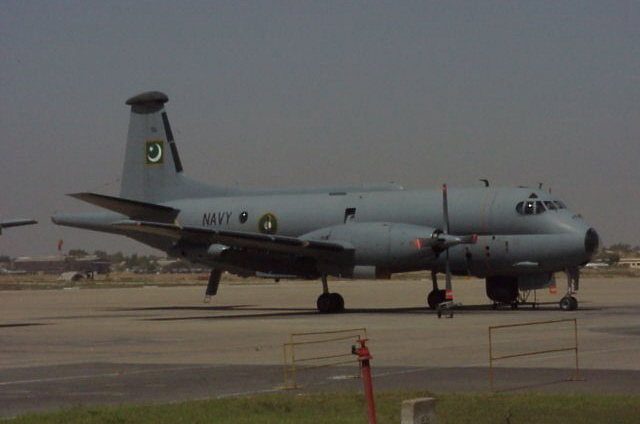
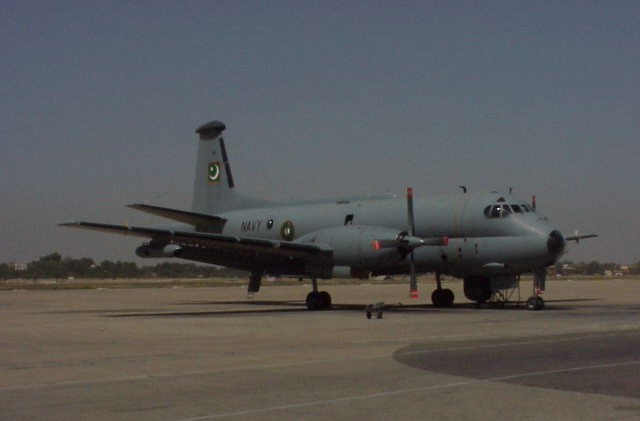
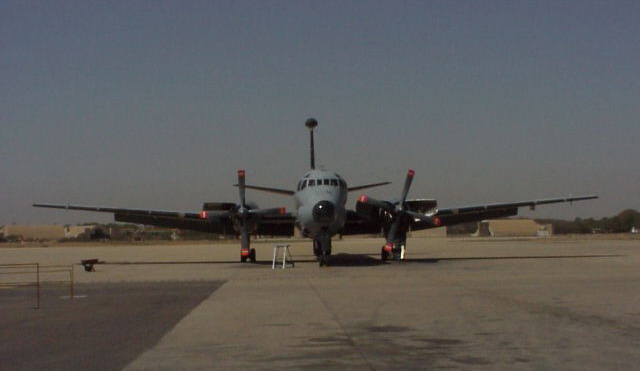
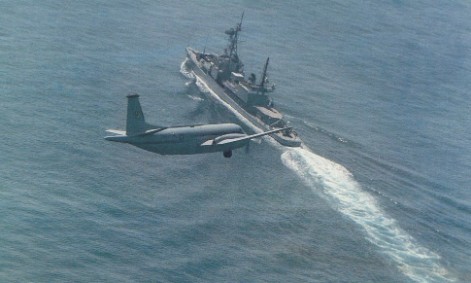
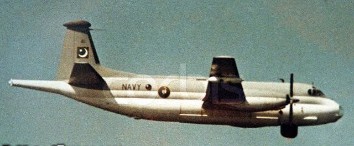

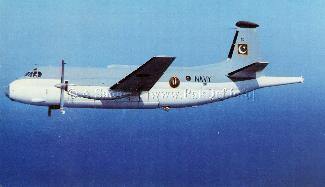
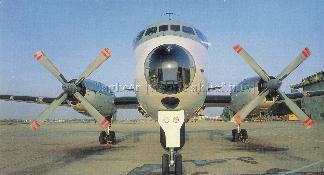
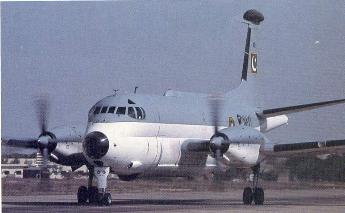
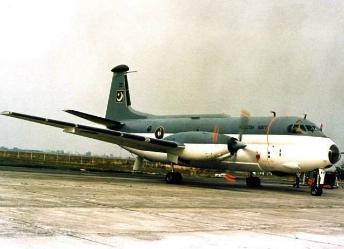
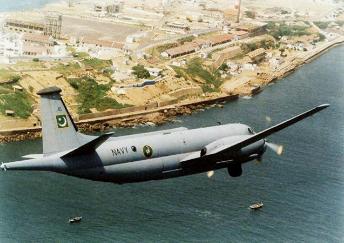
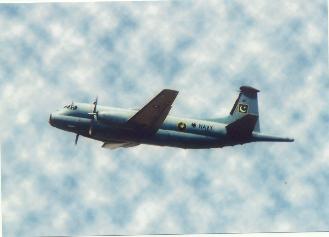
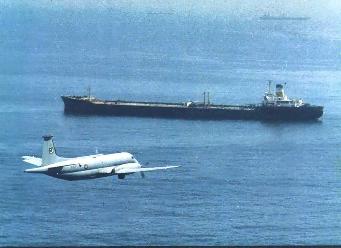
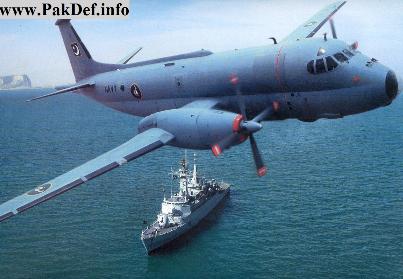
.jpg.opt467x340o0,0s467x340.jpg)
